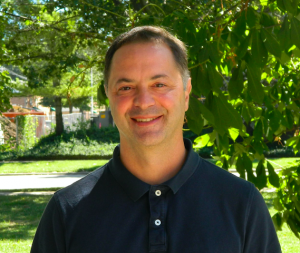
Larry Di Girolamo
Blue Waters Professor of Atmospheric Sciences
Department of Atmospheric Sciences
1301 W. Green Street
Urbana, IL 61801-3070
Office: 3064 Natural History Building
Telephone: +1.217.333.3080
Email: gdi@illinois.edu
Welcome to the Di Girolamo Research Group
The Di Girolamo Research Group aims at understanding cloud, aerosol, and radiation processes within the Earth system, with specializations in developing and employing satellite remote sensing techniques and 3-D radiative transfer models. Their particular interests lie in characterizing the global nature of cloud, aerosol, and radiation properties, how they have changed over the satellite era, the drivers of these changes in the context of weather and climate research, and what impact these changes may have on human health. They work extensively with NASA and the Jet Propulsion Laboratory with a focus on developing and exploiting multi-angle technologies for studying Earth from space. Di Girolamo is a Co-Investigator for NASA’s Multi-angle Imaging SpectroRadiometer (MISR) mission, which was launched in 1999 on the Terra satellite and remains in excellent health, and for NASA’s Multi-Angle Imager for Aerosols (MAIA) that has been selected for launch in 2022. He is also a Science Team Member for the NASA’s Moderate Resolution Imaging Spectroradiometer (MODIS) on the Terra and Aqua satellites. The Di Girolamo Research Group members have participated in numerous field campaigns across various agencies, most recently NASA’s Cloud, Aerosol and Monsoon Processes – Philippines Experiment (CAMP2Ex). Since their work is computationally expensive and often involves processing petabytes of data, the Di Girolamo Research Group maintains close collaboration with the National Center for Supercomputing Applications (NCSA), where they work together in solving some grand challenge problems faced by the Earth Science community in the era of Big Data.
We developed this visually stunning video to showcase how the five instruments (MODIS, MISR, ASTER, MOPITT and CERES) on the Terra satellite platform sample the Earth. It was develop using radiance, time, geolocation, and viewing geometry stored in the Terra Basic Fusion product developed under the Terra Fusion Project.
